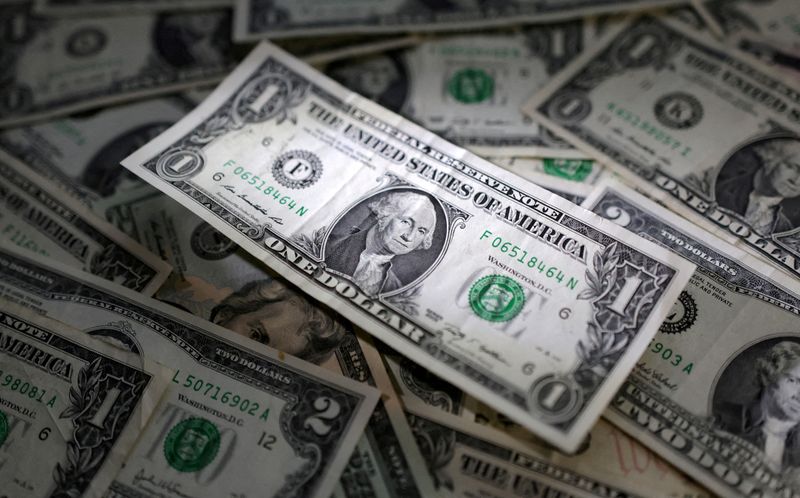LONDON (Reuters) - The cost of insuring exposure to a U.S. debt default fell further on Tuesday, reflecting investor optimism over a tentative deal by U.S. lawmakers to raise the $31.4 trillion debt ceiling.
Trading picked up on Tuesday after much of Europe and the United States were closed on Monday for holidays.
In mid-morning trading, the U.S. one-year credit default swap (CDS)- a market-based gauge of the risk of default - narrowed to 53 basis points (bps) from 133 bps at Monday's close, data from S&P Global (NYSE:SPGI) Market Intelligence showed on Tuesday.
U.S. five-year CDS fell to 41 bps from 56 bps at Monday's close, the data showed.
A crucial first test comes on Tuesday, when the House Rules Committee takes up the debt ceiling bill, in a necessary first step before a vote in the full House.
Both Democratic President Joe Biden and the top Republican in the House, Speaker Kevin McCarthy, were confident that they will get enough votes to pass it into law before June 5, when the U.S. Treasury Department says it will not have enough money to cover its obligations.
Some investors though remained apprehensive about the debt limit agreement, as some of the proposed bill's provisions could undermine economic growth.
On the other hand, the U.S. Treasury's expected issuance binge to build up its cash buffer will likely reduce market liquidity sharply, which could push short-term interest rates higher.
"We suspect these fears are likely overdone," wrote Karl Schamotta, chief market strategist at Corpay in Toronto.

"Although there are some procedural landmines ahead that could impact the final wording, the impact on spending associated with the so-called 'Fiscal Responsibility Act' should be almost unnoticeable from a macroeconomic standpoint, leaving the government's biggest outlays essentially unchanged," Schamotta said.
With respect to the U.S. government's expected flood of supply after the debt ceiling bill is passed, Schamotta noted that Treasury officials "are well-practised in slow-walking issuance or otherwise minimizing disruption around funding surges."